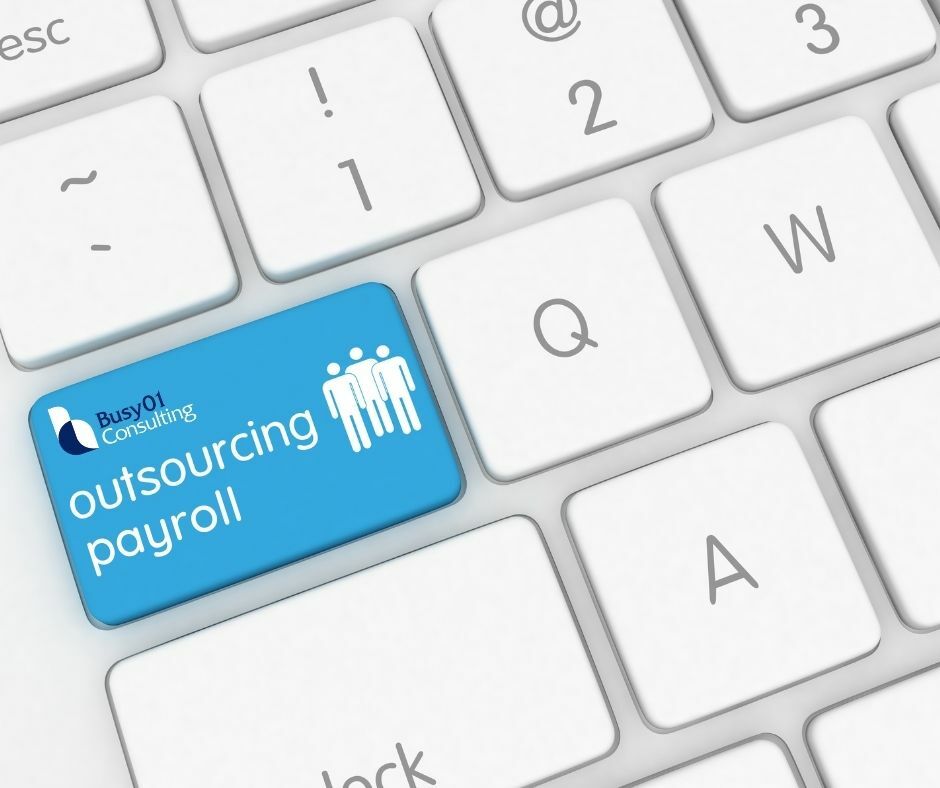Setting Sales Targets
Setting sales targets for your business is standard practice for any aspirational, growing company. If you’re going to stretch the sales and marketing teams, it’s important to have clear, unambiguous targets for them to aim for.
Setting sales targets in uncertain times
In uncertain times it’s more than likely that your established sales targets will effectively become unrealistic and impractical for your teams to use.
So, how do you set sales targets when the world has changed?
And how can you ensure these targets are meaningful, accurate and workable for your business goals?
Understanding your strategy and sales numbers
Knowledge is power, especially when it comes to defining your business strategy during uncertain times. The better you understand your position, the easier it will be to agree on the right strategy and to set sales targets that support these aims.
With a plan in place and targets to meet, everyone knows what they need to achieve. A list of key tasks to do at each point along the sales journey adds real value. Even if you don't end up gaining new business, you’ve made every effort to solve the customer's needs.
Important steps for setting sales targets:
Understand your turnover and profit goals.
Do you know how many sales to make if you’re going to break even, or want to actually make money?
Understanding your gross margin, your break-even point and your desired profit margin helps you calculate how many sales will be needed to achieve this profit goal.
Bear in mind, of course, that your sales will, most likely, be down during uncertain times. And work this into your figures and targets.
Make your targets SMART
If you set sales targets then these numbers have to be Smart (Specific, Measurable, Achievable, Realistic, Timely).
Break them down into achievable goals, such as weekly or monthly targets, and track your actual sales over time. That way you can see how you’re performing against your sales target.
Look at regular performance reports and make these part of your regular management meetings. Discuss how you’re tracking and what action you can take if you’re not hitting your desired targets.
Track other sales elements
It’s also worth considering what other elements of the sales process you can measure, to get a handle on how you’re doing as a business. Track things like calls/enquiries, visits to your home page, trials, bookings or customer demos.
Analyse what drove these enquiries or visits, so you understand where things worked well and can do more of the same.
Run forecasts and scenarios
Use your tracking data to project your sales position forward in time. Base your projections on the historic information you have available and the other drivers you’ve identified.
Run different scenarios. For example, 75% sales based on prior year numbers, 50% sales and 25% sales. And see how you’d need to tweak your sales targets to account for these drops in sales activity.
Fill the information gaps
Are there any gaps you could fill to get a better understanding of the market and your customers?
A proactive effort to make more follow-up calls with existing customers can be incredibly informative.
Running a customer feedback survey can also help to gauge where the sales process works well, where you could do better and what their future buying intentions might be over the coming months of the crisis.
Talk to us about your sales targeting process.









